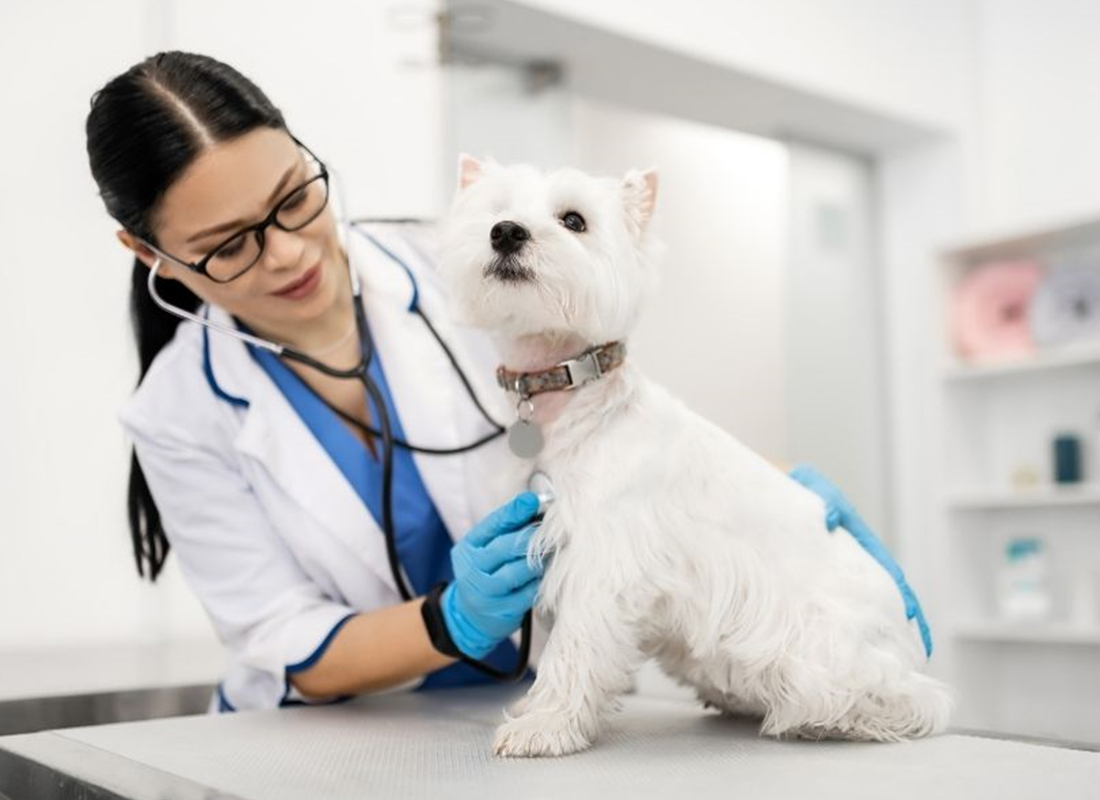
One of the key reasons to focus on zoonotic diseases is their potential to cause widespread health crises. Diseases such as rabies, West Nile virus, and even COVID-19 have origins in animal populations. The emergence of these diseases highlights the intricate relationship between humans and animals, emphasizing that our health is closely linked to the health of wildlife and domestic animals. As urban areas expand into natural habitats, the risk of zoonotic transmission increases, making awareness and preventive measures more critical than ever.
Preventing zoonotic diseases begins with education and awareness. Understanding how these diseases spread can empower individuals and communities to take proactive measures. For instance, practicing proper hygiene when handling pets, avoiding contact with wild animals, and ensuring vaccinations for domestic animals can significantly reduce the risk of transmission. Public health campaigns that educate people about zoonotic risks and prevention strategies can play a vital role in reducing outbreaks and safeguarding communities.
Another important aspect of zoonotic diseases is their impact on food safety. Many zoonotic pathogens can be transmitted through contaminated food products, particularly those derived from animals. Ensuring proper food handling, cooking, and sourcing from reputable suppliers can help mitigate these risks. Consumers should be encouraged to wash hands thoroughly after handling raw meat and to ensure that food is cooked to safe temperatures. By adopting these practices, individuals can protect themselves and their families from potential zoonotic infections.

Furthermore, the role of veterinarians and wildlife experts is crucial in monitoring and controlling zoonotic diseases. These professionals are on the front lines of identifying and managing outbreaks, conducting research, and implementing vaccination programs. Collaborative efforts between public health officials, veterinarians, and wildlife biologists can lead to more effective surveillance and response strategies. By fostering interdisciplinary partnerships, communities can enhance their ability to detect and respond to zoonotic threats promptly.
As climate change continues to alter ecosystems, the dynamics of zoonotic diseases are also changing. Shifts in animal behavior, migration patterns, and habitat loss can lead to increased encounters between humans and wildlife, heightening the risk of disease transmission. Understanding these environmental factors is essential for developing effective public health strategies. Researchers and policymakers must work together to address the underlying causes of zoonotic disease emergence, ensuring that preventive measures are both sustainable and effective.
Understanding zoonotic diseases is vital for protecting public health in an increasingly interconnected world. By raising awareness, promoting preventive practices, and fostering collaboration among health professionals, we can reduce the risks associated with these infections. As we navigate the complexities of human-animal interactions, prioritizing zoonotic disease prevention will be essential for maintaining the health of individuals and communities alike. The ongoing commitment to research and education in this area will ultimately contribute to a safer and healthier future for all.
